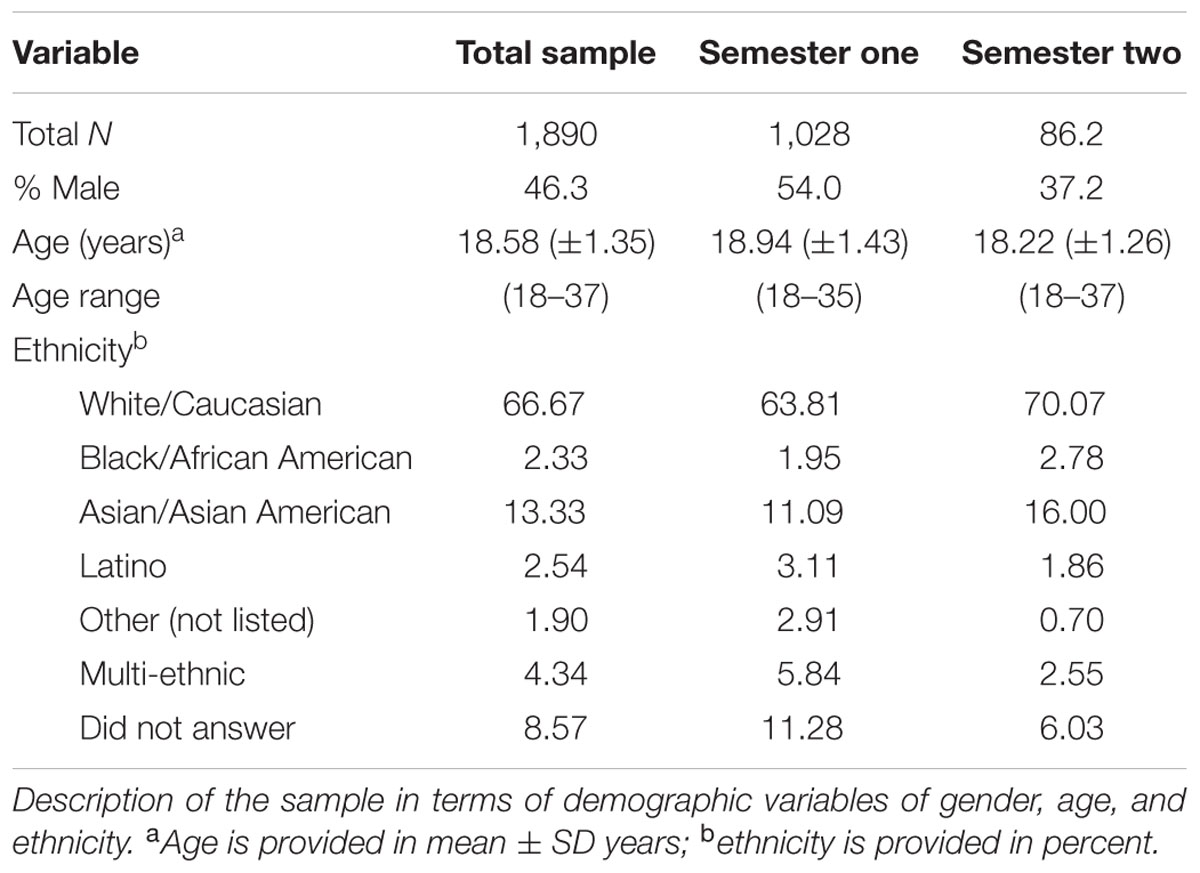from wikipedia The internal consistency of the NEO scales was assessed on 1,539 individuals (McCrae & Costa,2010). The internal consistency of the NEO PI-R was high, at: N = .92, E = .89, O = .87, A = .86, C = .90. The internal consistency of the facet scales ranged from .56 to .81. The internal consistency of the NEO PI-3 was consistent with that of the NEO PI-R, with α ranging from .89 to .93 for the five domains. Internal consistency coefficient from the facets, with each facet scale comprising fewer items than each of the Big Five scales, were necessarily smaller, ranging from .54 to .83 (McCrae & Costa,2010).
- Neo Five Factor Inventory Manual Transmission
- Neo Five-factor Inventory (neo-ffi) Professional Manual
- Free Neo Five Factor Inventory
The NEO has been translated into many languages. The internal consistency coefficients of the domain scores of a translation of the NEO that has been used in the Philippines are satisfactory. The alphas for the domain scores range from .78 to .90 (Church & Katigbak, 2002), with facet alphas having a median of .61 (Katigbak et al. 2002). Observer-ratings NEO PI-R data from 49 different cultures was used as criterion in a recent study which tested whether individuals’ perceptions of the “national character” of a culture accurately reflected the personality of the members of that culture (it did not) (Terracciano et al. 2005).

NEO Personality Inventory-Revised (NEO PI-R) Paul Detrick The NEO PI-R is one of a group of closely-related objective assessment instruments (NEO Inventories) designed to measure the Five-Factor Model (FFM) of personality (Digman, 1990; McCrae & John, 1992). The FFM has received widespread acceptance as a valid descriptor of normal personality. Nov 01, 2014 The NEO Personality Inventory is a 240-item measurement that is designed to assess personality in the domains of neuroticism, extraversion, openness, conscientiousness, and agreeableness (also referred to as the “Big Five Personality Factors'). Acronym NEO-PI, NEO-PI-R. Two self-report questionnaires were used: the Edinburgh Postnatal Depression Scale (EPDS) as a screening tool for depressive symptoms and the NEO Five-Factor Inventory (NEO-FFI) for the evaluation of five personality traits in the studied patients.

- Based on our leading personality assessment, NEO-PI-3, NEO-FFI-3 provides a briefer snapshot of personality, cutting the self-report assessment down to a targeted 12 questions in each of the five domains. As well as using the NEO-PI-3 Manual for interpretation, Hogrefe recommends the use of the gratis NEO-FFI-3 Manual Supplement (Product code: 5504932) which can be requested by phone (20) or email.
- The NEO Five-Factor Inventory-3 (NEO-FFI-3), is the updated version of the NEO-FFI — a 60-item version of the NEO-PI-3. It provides a quick, reliable, and accurate measure of the five domains of personality and is particularly useful when time is limited and when global information on personality is needed. Why Should I Use the NEO-FFI-3?
Neo Five Factor Inventory Manual Transmission
The test-retest reliability of the NEO PI-R has also been found to be satisfactory. The test-retest reliability of an early version of the NEO after 3 months was: N = .87, E = .91, O = .86 (McCrae & Costa, 1983). The test-retest reliability for over 6 years, as reported in the NEO PI-R manual, was the following: N = .83, E = .82, O = .83, A = .63, C = .79. Costa and McCrae pointed out that these findings not only demonstrate good reliability of the domain scores, but also their stability (among individuals over the age of 30). Scores measured six years apart varied only marginally more than scores measured a few months apart (Costa & McCrae, 1992).
The psychometric properties of NEO PI-R scales have been found to generalize across ages, cultures, and methods of measurement(McCrae et al. 2011).
from wikipedia The internal consistency of the NEO scales was assessed on 1,539 individuals (McCrae & Costa,2010). The internal consistency of the NEO PI-R was high, at: N = .92, E = .89, O = .87, A = .86, C = .90. The internal consistency of the facet scales ranged from .56 to .81. The internal consistency of the NEO PI-3 was consistent with that of the NEO PI-R, with α ranging from .89 to .93 for the five domains. Internal consistency coefficient from the facets, with each facet scale comprising fewer items than each of the Big Five scales, were necessarily smaller, ranging from .54 to .83 (McCrae & Costa,2010).
The NEO has been translated into many languages. The internal consistency coefficients of the domain scores of a translation of the NEO that has been used in the Philippines are satisfactory. The alphas for the domain scores range from .78 to .90 (Church & Katigbak, 2002), with facet alphas having a median of .61 (Katigbak et al. 2002). Observer-ratings NEO PI-R data from 49 different cultures was used as criterion in a recent study which tested whether individuals’ perceptions of the “national character” of a culture accurately reflected the personality of the members of that culture (it did not) (Terracciano et al. 2005).
Neo Five-factor Inventory (neo-ffi) Professional Manual
The test-retest reliability of the NEO PI-R has also been found to be satisfactory. The test-retest reliability of an early version of the NEO after 3 months was: N = .87, E = .91, O = .86 (McCrae & Costa, 1983). The test-retest reliability for over 6 years, as reported in the NEO PI-R manual, was the following: N = .83, E = .82, O = .83, A = .63, C = .79. Costa and McCrae pointed out that these findings not only demonstrate good reliability of the domain scores, but also their stability (among individuals over the age of 30). Scores measured six years apart varied only marginally more than scores measured a few months apart (Costa & McCrae, 1992).
Free Neo Five Factor Inventory
The psychometric properties of NEO PI-R scales have been found to generalize across ages, cultures, and methods of measurement(McCrae et al. 2011).